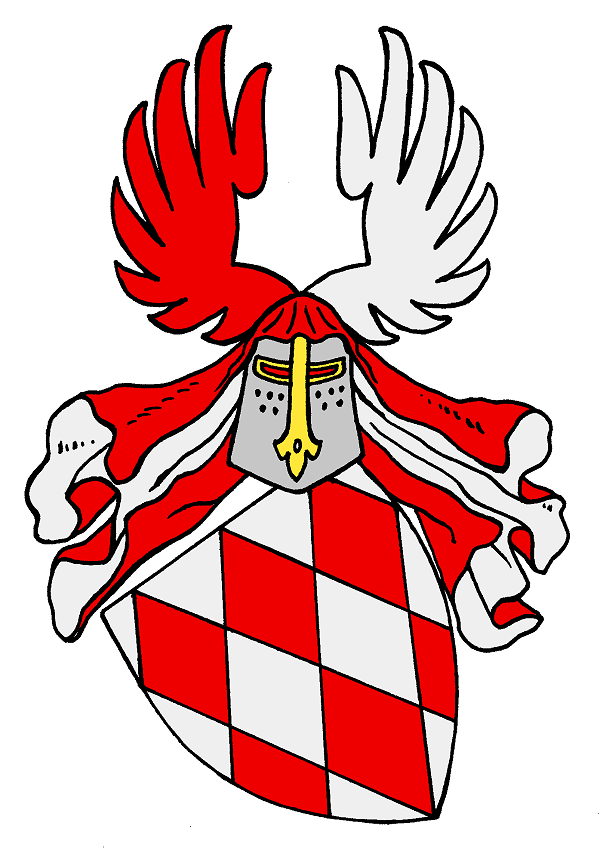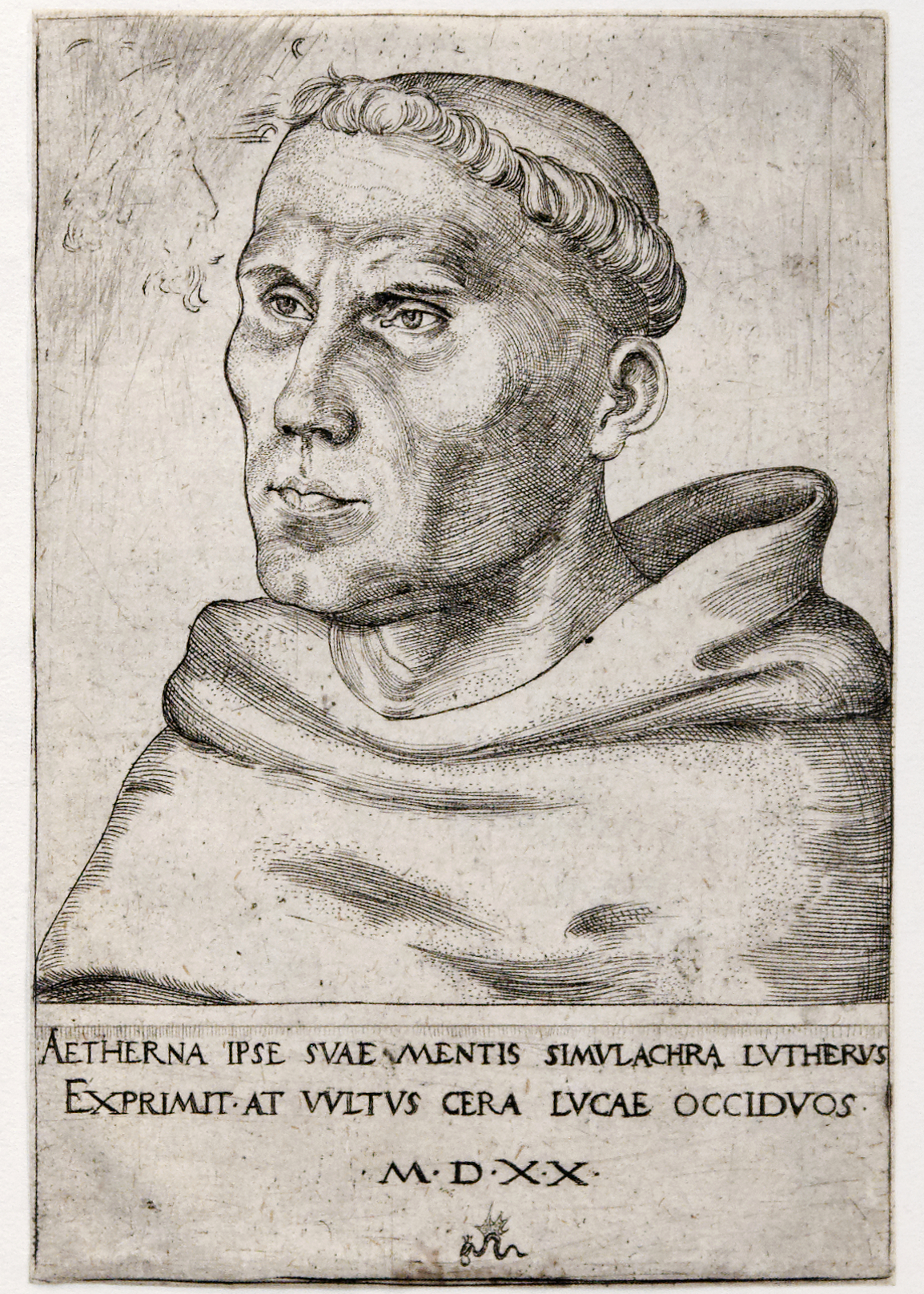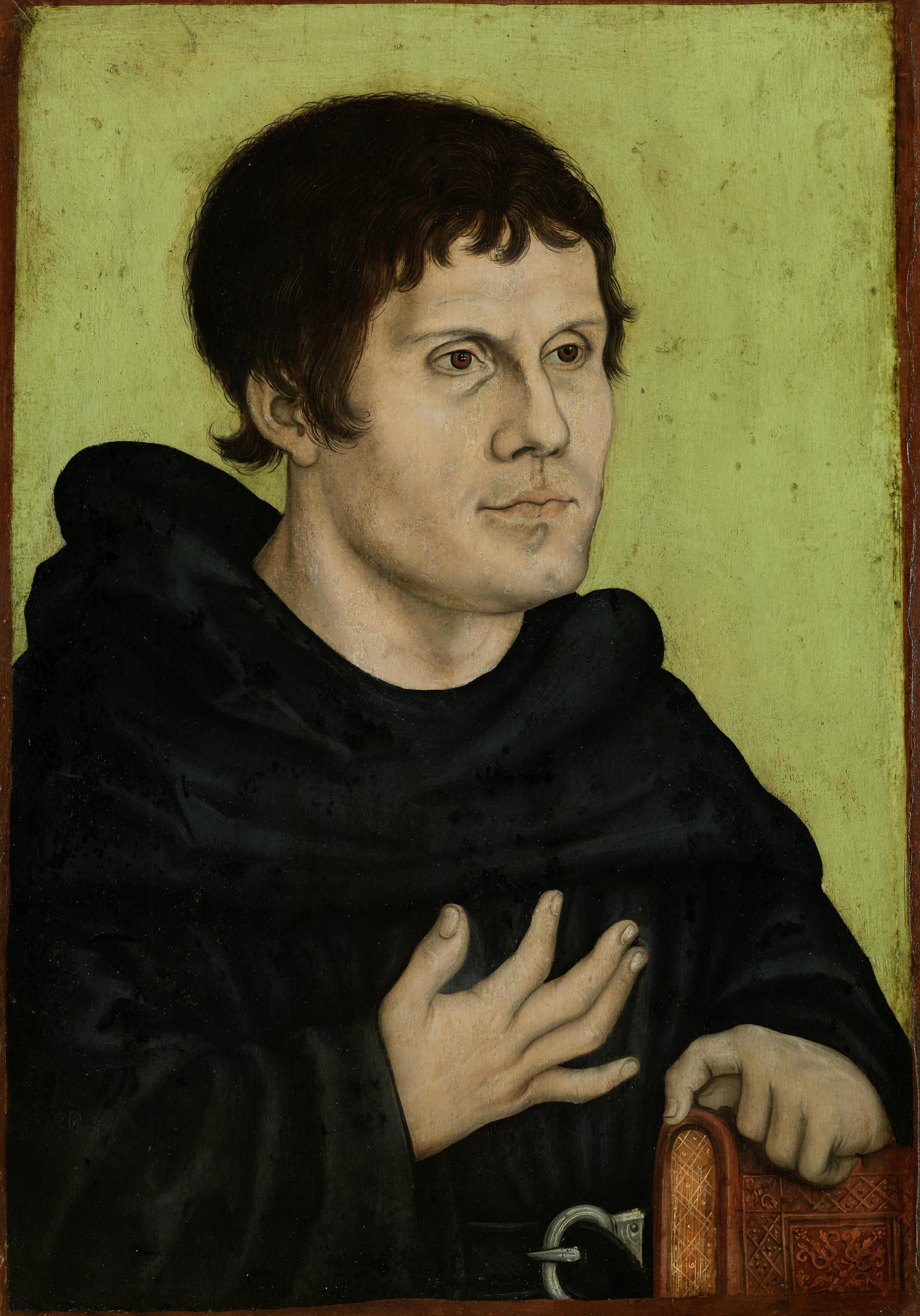|
Mansfeld
Mansfeld (), sometimes also unofficially Mansfeld-Lutherstadt, is a town in the district of Mansfeld-Südharz, in Saxony-Anhalt, Germany. Protestant reformator Martin Luther grew up in Mansfeld, and in 1993 the town became one of sixteen places in Germany to be designated a '' Lutherstadt'' for this reason. Geography It is situated east of the Harz mountain range on the river Wipper, a left tributary of the Saale, about northwest of Halle. Together with neighbouring Eisleben, it is part of the historic Mansfeld Land region, roughly corresponding to the former district of Mansfelder Land which in 2007 merged into present Mansfeld-Südharz district. Mansfeld station is a stop on the Mansfeldbahn railway line (''Wipperliese''), a branch of the Berlin-Blankenheim railway, running from Klostermansfeld to Wippra. Town districts The township currently comprises 15 districts (''Ortschaften''): [...More Info...] [...Related Items...] OR: [Wikipedia] [Google] [Baidu] |
House Of Mansfeld
The House of Mansfeld was a German Prince, German princely house, which took its name from the town of Mansfeld in the present-day state of Saxony-Anhalt. Mansfelds were archbishops, generals, supporters as well as opponents of Martin Luther, and Habsburg monarchy, Habsburg administrators. History Upon the revolt instigated by the House of Wettin, Wettin margrave Dedi I, Margrave of the Saxon Ostmark, Dedi I in 1069, Emperor Henry IV, Holy Roman Emperor, Henry IV appointed the loyal House of Mansfeld counts (''Grafen'') in the Saxon Hassegau at Eisleben. The family progenitor, Count Hoyer I of Mansfeld, also known as Hoyer the Great, was a field marshal in the service of Emperor Henry V, Holy Roman Emperor, Henry V. He was killed at the Battle of Welfesholz on 11 February 1115, fighting the rebellious Saxon forces under Count Lothair III, Holy Roman Emperor, Lothair of Supplinburg. The Mansfelds held extended fiefs both in the Archbishopric of Magdeburg and the Bishopric of Halbe ... [...More Info...] [...Related Items...] OR: [Wikipedia] [Google] [Baidu] |
Mansfeld Land
Mansfeld Land () is a region in the southwestern corner of the German state of Saxony-Anhalt. The region derives its name from the counts of Mansfeld, who ruled this region for about 1,000 years. Geography In the west and northwest, Mansfeld Land covered the eastern foothills of the Harz Mountains and is bounded in the east by the River Saale. To the north and south the territories of the two former county towns of Eisleben and Hettstedt form the boundary, whilst the territories of Sangerhausen and the town of Mansfeld form the border in the southwest to west. Until the Second World War, Mansfeld Land was made up of the counties of Mansfelder Gebirgskreis (roughly northwest of a line from Annarode via Siersleben to Gerbstedt) and Mansfelder Seekreis (villages southeast of the line). After the foundation of East Germany, these 2 counties were disbanded and transferred to the counties of Hettstedt and Eisleben, small areas of Mansfeld Land in the west went to Sangerhausen and ... [...More Info...] [...Related Items...] OR: [Wikipedia] [Google] [Baidu] |
Mansfeld Castle
Mansfeld Castle () is a castle in the region of Mansfeld Land in Saxony-Anhalt, Germany. The castle, which is surrounded by forest, stands on top of a large rock overlooking the town of Mansfeld. The Late Gothic church of the castle, as well as the ruins, moats and the remains of the battlements from the time of the old fortress make Mansfeld castle a popular attraction. Martin Luther often visited the castle, as his parents lived in Mansfeld. His father worked in the local copper mine, while Luther himself attended the school of Mansfeld. Mansfeld Castle is now used as a ''Jugendburg'', or Christian youth education and conference centre. History *1229: first documented mention of Mansfeld Castle. *1509: fire destroyed the castle. *1509 - ca. 1549: building of three Renaissance style castles (Vorderort, Mittelort, Hinterort) and a fortress (one of the largest in Germany), furnishing of the castle's church. *1540: introduction of the Protestant Reformation to the County of Mansfel ... [...More Info...] [...Related Items...] OR: [Wikipedia] [Google] [Baidu] |
Eisleben
Eisleben is a town in Saxony-Anhalt, Germany. It is famous as both the hometown of the influential theologian Martin Luther and the place where he died; hence, its official name is Lutherstadt Eisleben. First mentioned in the late 10th century, Eisleben is divided into the old town of Altstadt, and new town of Neustadt. Neustadt was created for Eisleben's miners in the 14th century. As of 2020, Eisleben had a population of 22,668. It lies on the Halle–Kassel railway. History Eisleben was first mentioned in 997 as a market called Islebia, and in 1180 as a town. The counts of Mansfeld governed the area until the 18th century. During the Protestant Reformation, Count Hoyer VI of Mansfeld-Vorderort (1477–1540) remained loyal to his Catholic faith, but the family's Mittelort and Hinterort branches sided with Martin Luther. The German Peasants' War devastated the area, about a century before the Thirty Years War. Count Albert VII of Mansfeld-Hinterort (1480–1560) signed th ... [...More Info...] [...Related Items...] OR: [Wikipedia] [Google] [Baidu] |
Mansfelder Land (district)
Mansfelder Land was a district (''Kreis'') in the middle of Saxony-Anhalt, Germany. Neighboring districts were (from north clockwise) Aschersleben-Staßfurt, Bernburg, Saalkreis, Merseburg-Querfurt, Sangerhausen and Quedlinburg. It was merged on July 1, 2007, with Sangerhausen into the new district Mansfeld-Südharz as part of a reform. History The district was created in 1994 by merging the previous districts Hettstedt and Eisleben. These were the successors of the ''Mansfelder Gebirgskreis'' (mountain district of Mansfeld) and ''Mansfelder Seekreis'' (lake district of Mansfeld), which were renamed after World War II. The city of Eisleben is famous, being the birthplace of Martin Luther. Geography The district is located in the southern foothills of the Harz The Harz (), also called the Harz Mountains, is a highland area in northern Germany. It has the highest elevations for that region, and its rugged terrain extends across parts of Lower Saxony, Saxony-Anhalt, and ... [...More Info...] [...Related Items...] OR: [Wikipedia] [Google] [Baidu] |
Mansfeld-Südharz
Mansfeld-Südharz is a district in Saxony-Anhalt, Germany. Its area is . History The district was established by merging the former districts of Sangerhausen and Mansfelder Land as part of the reform of 2007. In the German parliament, the Bundestag The Bundestag (, "Federal Diet (assembly), Diet") is the lower house of the Germany, German Federalism in Germany, federal parliament. It is the only constitutional body of the federation directly elected by the German people. The Bundestag wa ..., the area forms part of the Mansfeld electoral district. Towns and municipalities The district Mansfeld-Südharz consists of the following subdivisions: References {{MansfeldSüdharz-geo-stub ... [...More Info...] [...Related Items...] OR: [Wikipedia] [Google] [Baidu] |
Martin Luther
Martin Luther ( ; ; 10 November 1483 – 18 February 1546) was a German priest, Theology, theologian, author, hymnwriter, professor, and former Order of Saint Augustine, Augustinian friar. Luther was the seminal figure of the Reformation, Protestant Reformation, and his theological beliefs form the basis of Lutheranism. He is widely regarded as one of the most influential figures in Western world, Western and History of Christianity, Christian history. Born in Eisleben, Luther was ordained to the Priesthood in the Catholic Church, priesthood in 1507. He came to reject several teachings and practices of the contemporary Catholic Church, Roman Catholic Church, in particular the view on indulgences and papal authority. Luther initiated an international debate on these in works like his ''Ninety-five Theses'', which he authored in 1517. In 1520, Pope Leo X demanded that Luther renounce all of his writings, and when Luther refused to do so, Excommunication in the Catholic Church, ... [...More Info...] [...Related Items...] OR: [Wikipedia] [Google] [Baidu] |
Harz
The Harz (), also called the Harz Mountains, is a highland area in northern Germany. It has the highest elevations for that region, and its rugged terrain extends across parts of Lower Saxony, Saxony-Anhalt, and Thuringia. The name ''Harz'' derives from the Middle High German word ''Hardt'' or ''Hart'' (hill forest). The name ''Hercynia'' derives from a Celtic name and could refer to other mountain forests, but has also been applied to the geology of the Harz. The Brocken is the highest summit in the Harz with an elevation of above sea level. The Wurmberg () is the highest peak located entirely within the state of Lower Saxony. Geography Location and extent The Harz has a length of , stretching from the town of Seesen in the northwest to Eisleben in the east, and a width of . It occupies an area of , and is divided into the Upper Harz (''Oberharz'') in the northwest, which is up to 800 m high, apart from the 1,100 m high Brocken massif, and the Lower Harz (''Unterhar ... [...More Info...] [...Related Items...] OR: [Wikipedia] [Google] [Baidu] |
Braunschwende
Braunschwende is a village and a former municipality in the Mansfeld-Südharz district, Saxony-Anhalt, Germany. Since 6 March 2009, it is part of the town Mansfeld Mansfeld (), sometimes also unofficially Mansfeld-Lutherstadt, is a town in the district of Mansfeld-Südharz, in Saxony-Anhalt, Germany. Protestant reformator Martin Luther grew up in Mansfeld, and in 1993 the town became one of sixteen places .... References Former municipalities in Saxony-Anhalt Mansfeld {{MansfeldSüdharz-geo-stub ... [...More Info...] [...Related Items...] OR: [Wikipedia] [Google] [Baidu] |
Hermerode
Hermerode is a village and a former municipality in the Mansfeld-Südharz district, Saxony-Anhalt, Germany. Since 6 March 2009, it is part of the town Mansfeld Mansfeld (), sometimes also unofficially Mansfeld-Lutherstadt, is a town in the district of Mansfeld-Südharz, in Saxony-Anhalt, Germany. Protestant reformator Martin Luther grew up in Mansfeld, and in 1993 the town became one of sixteen places .... Former municipalities in Saxony-Anhalt Mansfeld {{MansfeldSüdharz-geo-stub ... [...More Info...] [...Related Items...] OR: [Wikipedia] [Google] [Baidu] |
Friesdorf
Friesdorf is a village and a former municipality in the Mansfeld-Südharz district, Saxony-Anhalt, Germany. Since 6 March 2009, it has been part of the town Mansfeld. People * Friedrich Wilhelm Leopold Pfeil Friedrich Wilhelm Leopold Pfeil (28 March 1783 – 4 September 1859) was a German forester. Pfeil was born in Friesdorf, Rammelburg. From 1801 onward, he trained and worked as a forester at several sites in the Harz region, Canton of Neuchâte ... (28 March 1783 – 4 September 1859), German forester Former municipalities in Saxony-Anhalt Mansfeld {{MansfeldSüdharz-geo-stub ... [...More Info...] [...Related Items...] OR: [Wikipedia] [Google] [Baidu] |
Abberode
Abberode is a village and a former municipality in the Mansfeld-Südharz district, Saxony-Anhalt, Germany. Since 6 March 2009, it is part of the town Mansfeld Mansfeld (), sometimes also unofficially Mansfeld-Lutherstadt, is a town in the district of Mansfeld-Südharz, in Saxony-Anhalt, Germany. Protestant reformator Martin Luther grew up in Mansfeld, and in 1993 the town became one of sixteen places .... Former municipalities in Saxony-Anhalt Mansfeld {{MansfeldSüdharz-geo-stub ... [...More Info...] [...Related Items...] OR: [Wikipedia] [Google] [Baidu] |




